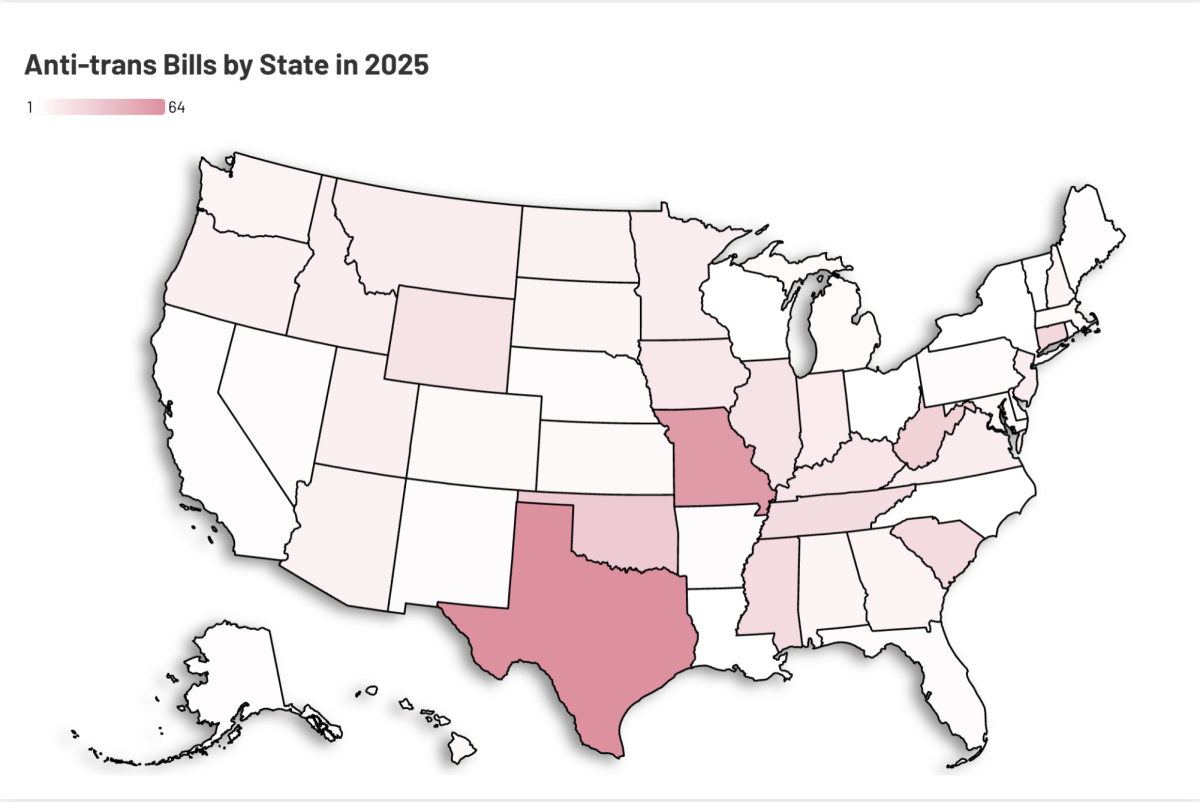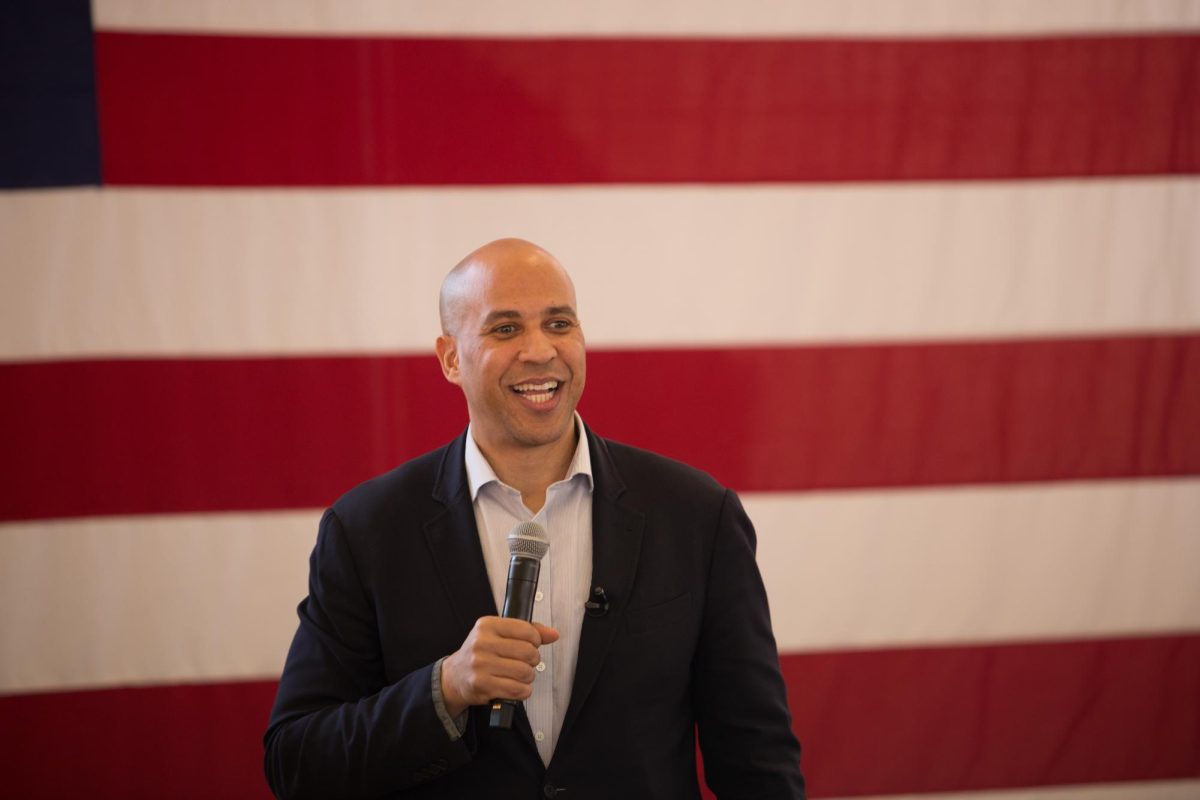On TikTok, viral videos set to the melodic tune, “Girrrrl dinner, girrl dinner, girrrrrl dinnnner” promote unrealistic eating habits of women. Users show a variety of meals that they consider their “Girl Dinner”. These are just one among many examples of videos purporting to teach young women how to live healthy life styles. Often the advice given is wrong, and even dangerous, encouraging women to eat too little and exercise too much.
Girl dinners can be an empty plate. No food? No problem. They can be a few carrots and some Flaming Hot Cheetos. But Girl Dinners can also be luxurious accessories and not food.
Senior Ava Viscarello likes to watch videos about beauty hacks, skincare dupes and online shopping. Because she consumes this content, which is generally targeted to girls, the algorithm has brought her to the more extreme health and wellness videos, like the Girl Dinners.
“Girls don’t need to eat different types or amounts of foods as other people, it’s infantilizing and promotes unhealthy standards of eating,” said Viscarello.
Though Viscarello’s food diet has not been affected by her Girl Dinner feed, which she deems “glorifies undereating,” she has seen peers become obsessed with their eating habits.
Viscarello said, “There’s been a significant shift towards emphasizing self-care on the internet, which initially seemed positive—encouraging individuals to prioritize their well-being and happiness, but has escalated to the point where self-care dominates every aspect of life, creating a constant pressure to be mindful of every action.”
She added, “This trend reflects a lack of progress in empowering women to recognize that their bodies don’t solely define their value. They shouldn’t feel constantly scrutinized or paralyzed by the fear of not meeting societal standards, particularly regarding their eating habits.”
Some turn to social media to find the newest low-effort workout or way to burn calories. One of TikTok’s most popular categories — tags such as #fitness and #FitTok — with #fitness having roughly 300 billion views and #FitTok having almost 50 billion video views.
Unsurprisingly, Senior Violet Paull has found innumerable fitness videos on her phone’s two most addictive platforms, Instagram Reels and TikTok.
Eight months ago, Paull yielded to the allure of #FitTok and discovered a daily fitness routine she still follows today. Every morning, she wakes up and follows this schedule: 20 crunches, 40 pull-ups, and holding a plank for a minute and a half.
Paull shared her views on fitness influencers,, the information surrounding TikTok, and how that reaches users.
“It can be perfect for some people, as it shows how regular people incorporate exercise into their daily lives. The concept of exercise itself is undeniably beneficial. However, when we observe others effortlessly performing unattainable workouts, it can be disheartening,” Paull said.
Had Paull been younger, she believes that she would’ve become obsessive about seeing results from the fitness routines in hopes of meeting the same standards as the influencer.
She continued, “I have a better understanding of health, fitness, and the human body compared to when I was in middle school. I’m cautious and skeptical of online fitness content, yet I still try the exercises and only continue them if it feels right for my body. I’ve learned not to place too much trust in online sources, preferring guidance from my coaches than potentially biased advertisers.”
Another user of #FitTok, Senior Lucas Petrini, was inspired to buy a pre-workout powder from an advertisement on his TikTok For You page. The advertisement offered users five samples of different powder flavors and a water bottle for free if the user bought one pack of powder. Immediately after seeing this offer, Petrini bought the pre-workout powder from the brand C4, without hesitation.
Petrini said, “In our consumer-driven society, the allure of a great deal often leads people to embrace the first opportunity that comes their way hastily. Breaking this pattern of behavior can be an uphill battle, as individuals become entrenched in their habits and preferences, I too am guilty of this.”
Before buying this brand and type of pre-workout, Petrini did no prior research or analysis. He explained that he bought it to look like a “professional bodybuilder.”
After three years of using the same brand and type of pre-workout he was marketed to buy, Petrini habitually uses the powder before any workout session.













